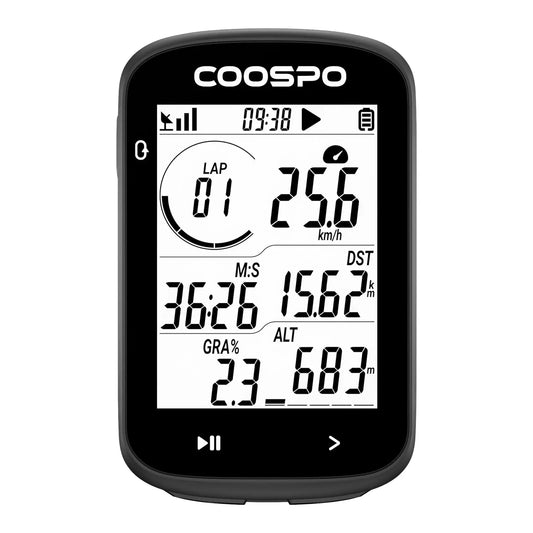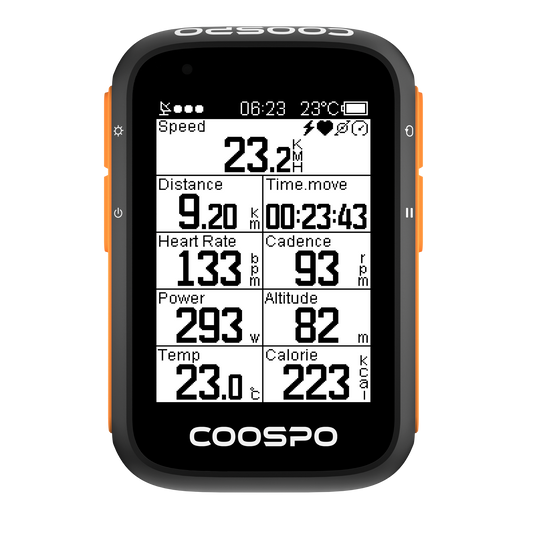Having Trouble Sticking to Exercise? Try These Fun Motivation Tips
If you’ve ever told yourself, “I’ll start tomorrow,” only to hit the snooze button or get sidetracked by a busy schedule, you’re not alone. Millions of people struggle to maintain a consistent workout routine—even when they know all the benefits. Life happens, motivation dips, and sometimes the couch is just too tempting.

The great news is you don’t have to be perfect. You just need a plan that suits you. Here are 10 effective strategies to help you stay motivated and create a fun, long-lasting fitness routine—even on days when you feel unmotivated.
Set Clear, Realistic Goals
One of the main reasons people stop exercising is that they set goals that are unclear or too hard to achieve. Just saying “I want to get fit” isn’t enough—it’s just a wish.
Instead: Define clear, actionable goals like “I will walk 30 minutes every weekday,” or “I’ll attend two fitness classes per week.”
According to the American College of Sports Medicine (ACSM), SMART goals—Specific, Measurable, Achievable, Relevant, and Time-bound—are far more likely to lead to long-term behavior change. For example, instead of “run more,” aim for “complete a 5K in 10 weeks by running 3 times a week.”

Write down your goals and put them where you can see them often. Check your goals regularly to make sure they still inspire you. If you reach a goal easily, think about setting a harder one. If a goal is too tough, think about how you can change it to make it easier to achieve.
Create a Workout Schedule
Without a clear plan, workouts can easily be pushed aside. By putting designated times in your calendar for exercise, it becomes a must-do part of your day—just like work meetings or dinner plans.
Think of your workouts like important meetings. Set reminders to help you remember, pack your gym bag the night before, and pick times when you actually have the energy—some people prefer morning, while others like evening.
Focus on Enjoyable Activities
If you don’t enjoy what you’re doing, you won’t keep doing it. The best workout isn’t the toughest one; it’s the one you will actually do.
If you don’t like running, you can try biking, dancing, swimming, boxing, or hiking. If you enjoy being around people, consider joining a fitness class or a sports league.
Psychologist Michelle Segar, author of “No Sweat,” emphasizes that people are more likely to exercise consistently when they associate it with positive emotions. “If it feels good, we’re more likely to do it again,” she explains.
Start Small
Avoid thinking that you have to do a lot of exercise to make a difference—any bit of exercise is better than none. Here are some tips:
- Start with small, easy goals and slowly make them harder over time. For example, you could begin by aiming for just two minutes.
- Focus on building a regular exercise routine instead of pushing yourself too hard at the beginning.
- As you advance, embrace opportunities to challenge yourself; however, remember to exercise patience with your progress.
- Some days will be harder than others, and that's okay. Try to do whatever kind of activity you can manage.
- Avoid the temptation to forgo exercise altogether simply because a rigorous workout is not achievable.
By changing your thinking, you can build a more positive and realistic relationship with exercise.
Track Your Progress
Watching your progress is really encouraging. Whether it’s the steps you take, the minutes you exercise, or how much stronger you get, tracking your results shows you clear proof of your success.

You can use apps, fitness trackers, or just a notebook to keep track of your workouts. Devices like Coospo heart rate monitors or fitness watches help you see your heart rate, calories burned, and how you're progressing over time. This makes your fitness journey easier to measure and more motivating.
Lean on Others for Social Support
A study in Nature Communications showed that exercise can be contagious. If your friends and peers are active, you are more likely to be active as well.
Partnering up: Exercising with a friend or family member can make it more fun and help you stay on track. It’s tougher to skip workouts when your choice also impacts someone else's plans.

Getting the kids involved: Finding time to exercise can be hard when you have kids. However, being active together is great for everyone and helps manage time better. Here are some fun ideas: you can go for a walk, play tag in the yard, set up an obstacle course, or play a sport together.
Signing up for a workout class: You can take an exercise class, a dance class, a yoga class, join a walking club, or participate in any other active group activity.
Make Your Workout Convenient
If you can make physical activity a natural part of your day, you're more likely to work it in.
Ways to help make exercising more convenient include:
Set Timely Reminders: Set up regular reminders to help you take short breaks to stand, stretch, or walk around for a few minutes every hour.
Merge Exercise with Daily Activities: You can easily add more physical activity to your day by taking the stairs instead of the elevator, bringing in groceries one bag at a time, parking farther from where you need to go, or walking to a colleague's desk instead of sending an email.

Utilize Screen Time Wisely: While screen time usually means being inactive, it can also be a chance to exercise. You can do exercises like squats, marching, or jumps while watching TV, walk around your home during commercial breaks or while using your phone, or follow exercise videos. These activities can turn your screen time into good opportunities for movement.
By using these methods, you can create a setting that promotes physical activity, which will improve your overall health and fitness.
Give Yourself Rewards
Your brain enjoys rewards, and they can help you stick to good habits. This doesn't mean you should have cookies after every workout, but small, meaningful rewards can motivate you. Here are some ideas:
- Take a relaxing bath after a long run
- Buy new workout clothes after a month of staying consistent
- Watch your favorite show only while doing indoor cycling
- Get a new pair of exercise shorts
- Download a new workout playlist
- Explore a new hiking spot
- Treat yourself to a massage
- Buy a new smartwatch or a heart rate monitor
- Try a new type of tea
Behavioral psychology shows that immediate rewards, even small ones, increase the likelihood that you’ll repeat a behavior (BJ Fogg, Stanford Behavior Design Lab).
Reasons You May Struggle Staying Motivated
There are many reasons for difficulties staying motivated.
Lack of time Not having someone to exercise with Safety concerns about exercising outdoors Weather Lack of motivation Other factors that could influence your motivation to exercise include:
But keep in mind that many activities can be done at a relatively low cost, including walking or using exercise videos available online for free.
It's also important to remember that setbacks are inevitable and that you can get back on track. If you have any concerns or need additional support, be sure to contact your healthcare provider.












1 comment